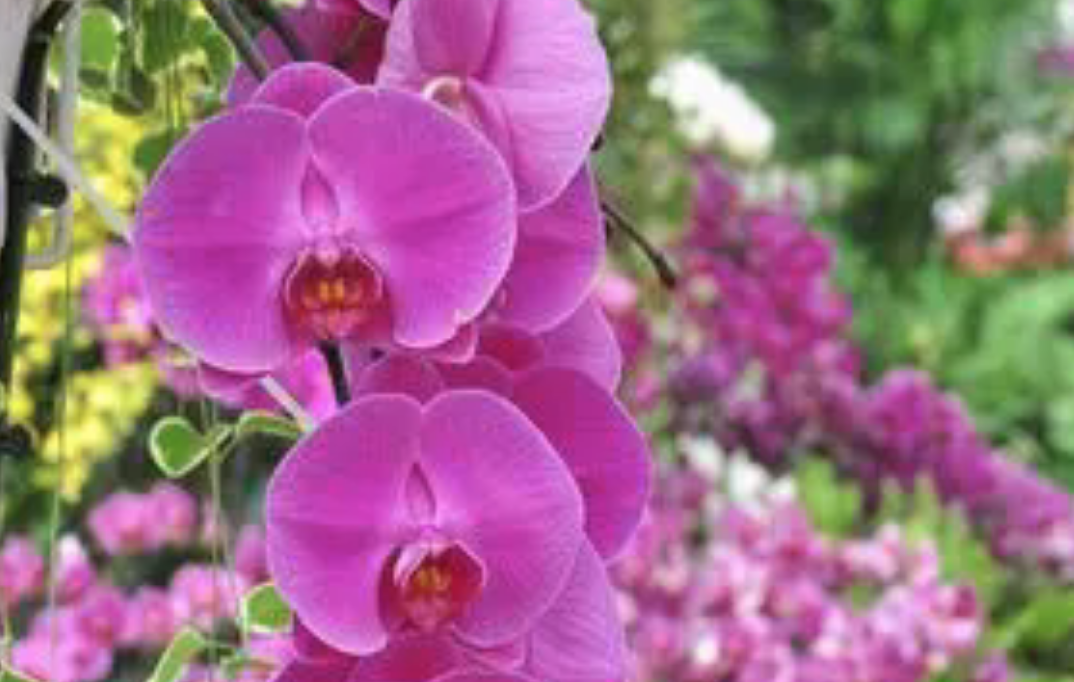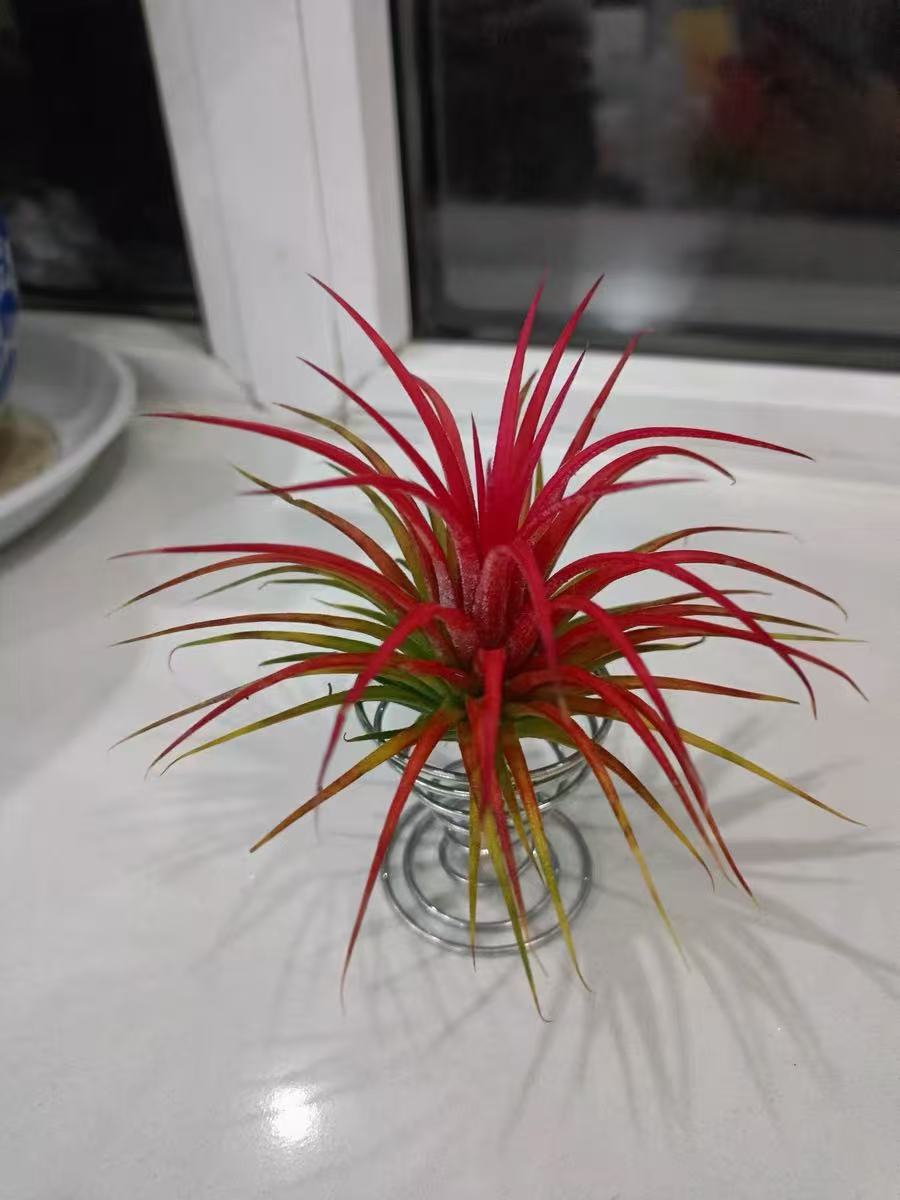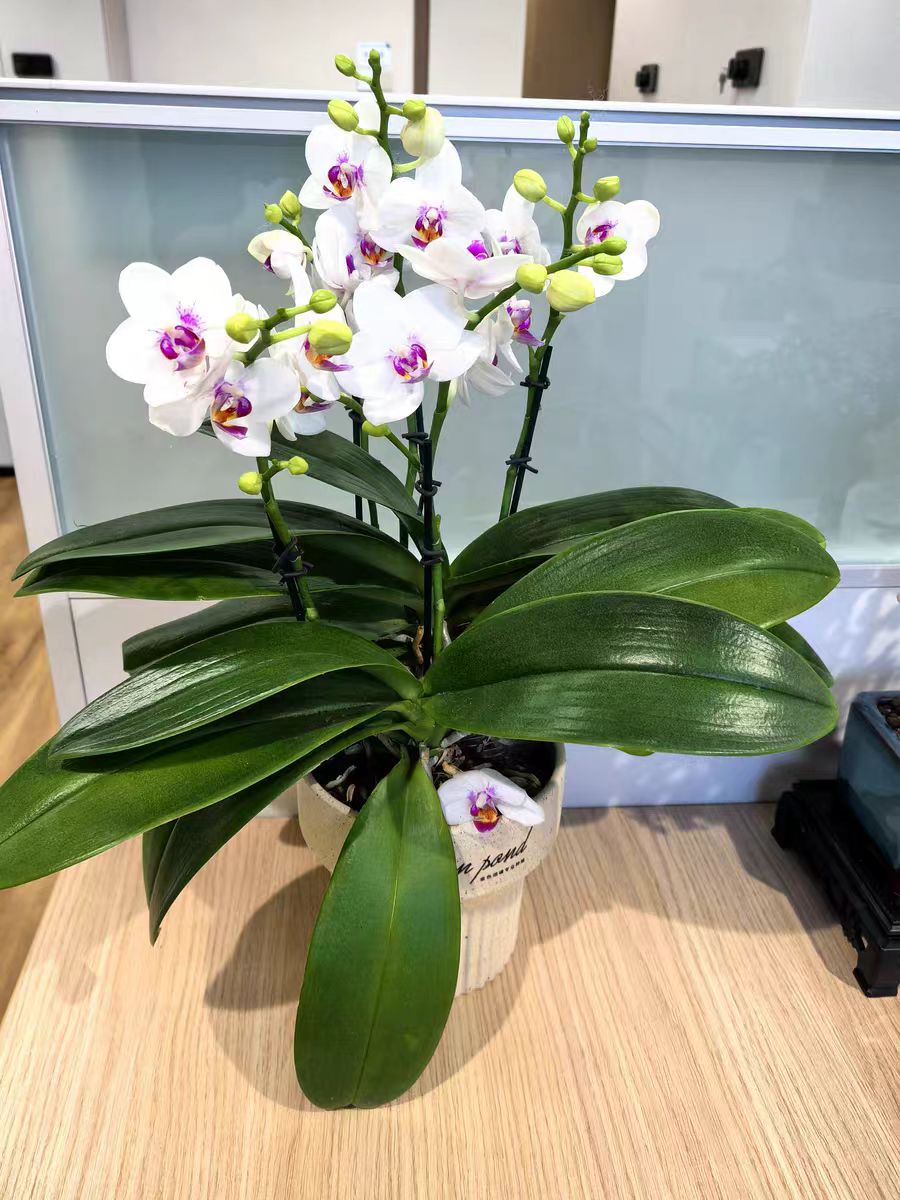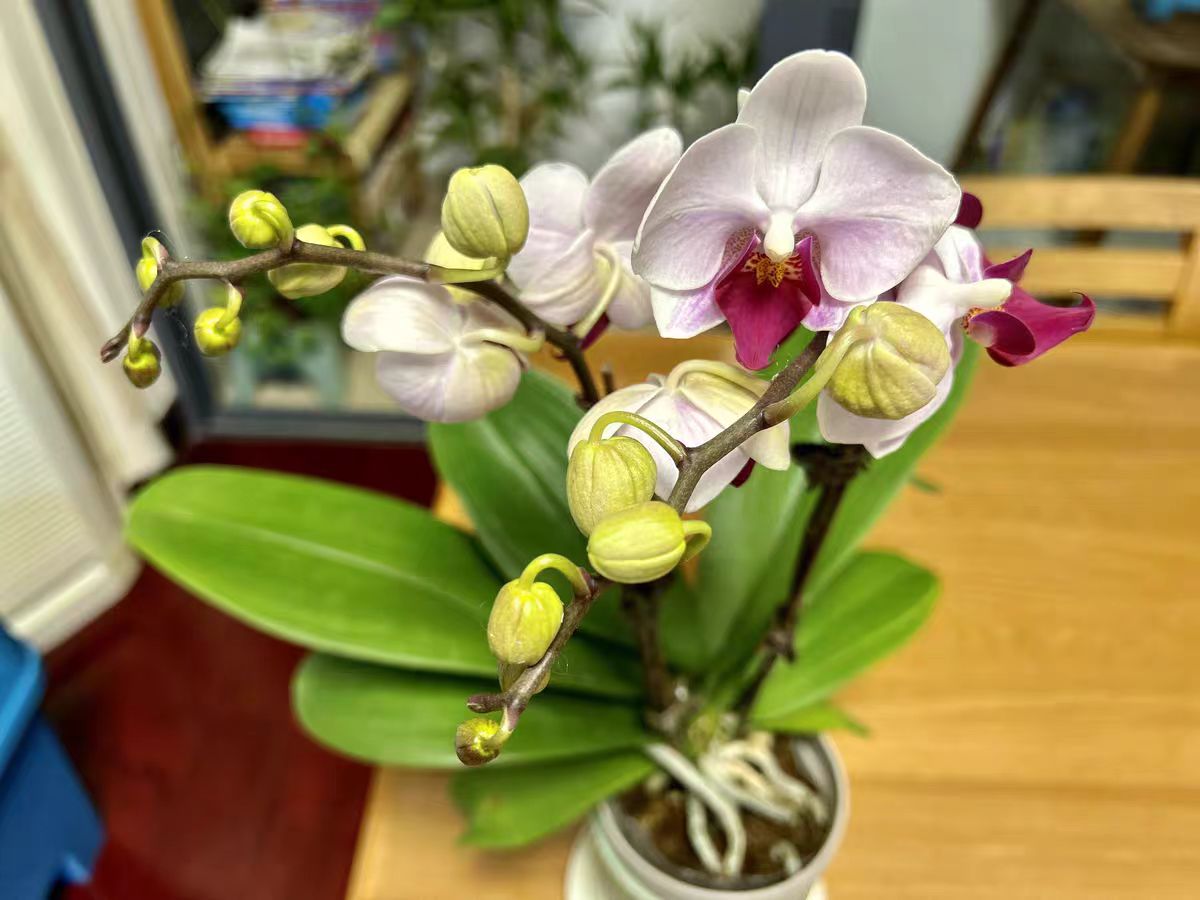With time flying by, we have now entered the relatively hot weather environment of summer. This is also the time when thousands of flowers are in full bloom. Many readers can notice that there are many beautiful blooming flowers everywhere in daily life. Among them, Phalaenopsis, with its unique and beautiful appearance, is more likely to attract people's attention. But why is it that Phalaenopsis is more likely to wither in summer compared to other seasons?
Firstly, the high temperature in summer is one of the main reasons for the shortening of the flowering period of Phalaenopsis. Phalaenopsis likes a warm and humid environment, but excessive high temperature will accelerate its metabolism and cause the flowers to wither faster. Direct strong sunlight can also cause harm to Phalaenopsis, making its leaves turn yellow and dry, thereby affecting the flowering period. The high temperature in summer leads to rapid evaporation. If watering is not timely or the watering method is improper, Phalaenopsis is prone to insufficient water, resulting in withered flowers. Summer is also a high-incidence period for pests and diseases. If Phalaenopsis is invaded by pests and diseases, its growth and flowering period will be seriously affected.
Even under so many difficult conditions in summer, we can create some suitable factors for Phalaenopsis to bloom for a longer time. To prolong the flowering period of Phalaenopsis, first, control the temperature well. Place Phalaenopsis in a well-ventilated and suitable temperature environment, avoid direct sunlight, and keep the temperature between 20-30 degrees Celsius. Watering should be appropriate to avoid excessive or insufficient water. The temperature is high in summer and evaporation is fast. The frequency of watering should be appropriately increased, but the amount of water each time should not be too much to avoid root rot caused by water accumulation. At the same time, a sprayer can be used to spray water on Phalaenopsis to increase air humidity. During the growth period of Phalaenopsis, regular fertilization is necessary to provide sufficient nutrition. Specialized flower fertilizers can be selected and fertilized according to the dosage on the instruction manual. At the same time, pay attention to timely pruning of withered leaves and spent flowers to keep the plant clean and beautiful. Regularly check the growth status of Phalaenopsis. If pests and diseases are found, take timely measures for prevention and control. Insecticides, fungicides and other agents can be used for spraying, or the diseased leaves or flowers can be cut off to prevent the spread of pests and diseases.
When the flowers of Phalaenopsis wither, the spent flowers and withered leaves should be pruned in time. When pruning, be careful to use clean scissors or blades to avoid causing damage to the plant. After pruning the spent flowers, the plant should be maintained. Continue to maintain the appropriate temperature and humidity, water and fertilize regularly, and pay attention to ventilation.
At the same time, you can continue to observe the growth status of the plant. If pests and diseases are found, prevention and control should be carried out in time. When the plants of Phalaenopsis are too crowded, consider carrying out division and propagation.
Divide the plant into several portions, each with complete roots and leaves, and then plant them in new flower pots. This can not only avoid overcrowding of the plants affecting growth but also increase the number of Phalaenopsis. If the soil of Phalaenopsis has aged or caked, consider changing the pot and soil. Take the plant out of the old pot, prune the aged or rotten roots, and then plant it in new soil. The new soil should be selected as loose, breathable, and well-drained specialized flower soil to ensure the healthy growth of Phalaenopsis.
As long as we handle it properly after the flowers of Phalaenopsis wither, then in the next flowering period, Phalaenopsis will present us with a beautiful and colorful scenery again.
How to prolong the flowering period of Phalaenopsis?

Share with
Tagged in :




Leave a Reply